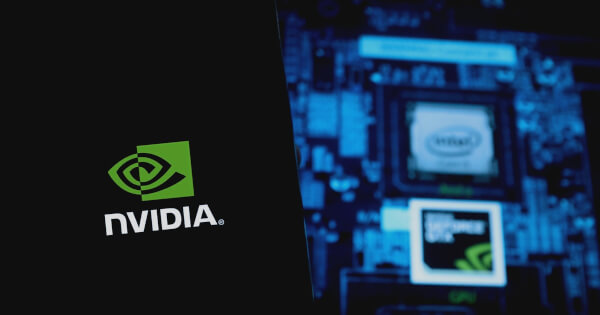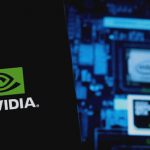
NVIDIA has been named an Autonomous Grand Challenge winner at the Computer Vision and Pattern Recognition (CVPR) conference, held this week in Seattle. The tech giant’s Hydra-MDP model topped the leaderboard in the End-to-End Driving at Scale category, outperforming over 400 global entries, according to NVIDIA Blog.
Hydra-MDP Model’s Success
NVIDIA Research’s achievement highlights the vital role of generative AI in developing applications for autonomous vehicle (AV) technology. The Hydra-MDP model’s success underscores the potential of these technologies to extend beyond automotive applications, influencing sectors such as industrial environments, healthcare, and robotics.
The milestone was further recognized with CVPR’s Innovation Award, which applauded NVIDIA’s innovative approach to enhancing end-to-end driving models using learned open-loop proxy metrics.
New Announcements
In conjunction with the award, NVIDIA introduced the NVIDIA Omniverse Cloud Sensor RTX, a suite of microservices designed for accurate sensor simulation. This development aims to expedite the creation of fully autonomous machines across various industries.
Understanding End-to-End Driving
End-to-end driving systems represent a paradigm shift from traditional modular approaches. These systems utilize a single, unified model to process sensor inputs and generate vehicle trajectories, simplifying the development pipeline and improving the system’s ability to handle real-world scenarios.
The process begins with AI training on supercomputers like NVIDIA DGX, followed by testing in simulation environments using the NVIDIA Omniverse platform and NVIDIA OVX systems. Finally, the model is deployed in vehicles where it processes real-time sensor data through the NVIDIA DRIVE AGX platform.
Building an autonomous system capable of safe navigation in complex environments demands holistic situational awareness and rapid decision-making, akin to human reflexes. This challenge is addressed by NVIDIA’s end-to-end systems, which streamline sensor input processing and trajectory generation.
Navigating the Grand Challenge
This year’s CVPR challenge tasked participants with developing an end-to-end AV model using the nuPlan dataset to generate driving trajectories based on sensor data. The models were tested in the NAVSIM simulator, navigating thousands of novel scenarios. Performance was evaluated on safety, passenger comfort, and deviation from recorded trajectories.
NVIDIA’s winning model demonstrated its capability to generate safe, optimal vehicle paths by ingesting camera and lidar data along with the vehicle’s trajectory history. This workflow can be replicated in high-fidelity simulated environments using NVIDIA Omniverse, allowing developers to test AVs in a physically accurate environment before real-world deployment.
Additional Achievements
NVIDIA also secured a second-place ranking in the CVPR Autonomous Grand Challenge for Driving with Language. This category focused on integrating vision language models with autonomous driving systems to enhance decision-making and achieve explainable driving behavior.
Learn More at CVPR
Over 50 papers from NVIDIA were accepted at this year’s CVPR, covering diverse topics such as automotive, healthcare, and robotics. Sanja Fidler, NVIDIA’s vice president of AI research, will discuss vision language models at the CVPR Workshop on Autonomous Driving.
For more information on NVIDIA Research, a global team dedicated to advancing AI, computer graphics, computer vision, self-driving cars, and robotics, visit their official page.
Image source: Shutterstock

